1. Introduction
Why Choosing the Right Faucet Matters
Your kitchen faucet might seem like a small decision, but it plays a pivotal role in your kitchen’s overall functionality and aesthetic. Whether washing vegetables, filling pots, or simply rinsing dishes, a well-chosen faucet can make these tasks effortless and enjoyable. However, choosing the right one can be overwhelming with so many options available.
This section covers everything you need to know about choosing the right kitchen faucet, including the different types and materials of faucets, their features, installation, and trends in faucet buying.
2. Types of Faucets
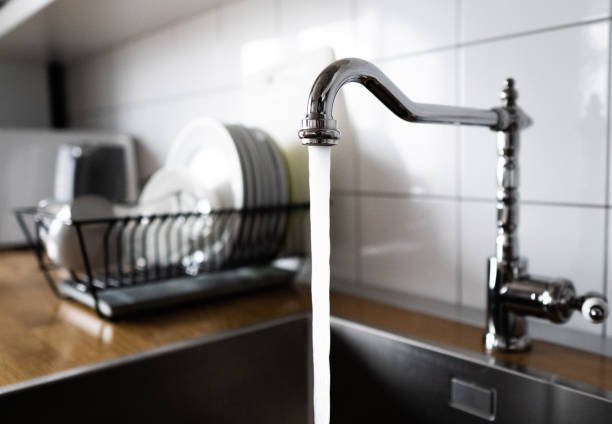
Pull-Down vs. Pull-Out Faucets
These types of faucets are unique in flexibility: pull-down and pull-out faucets. In pull-down faucets, the sprayer is pulled straight down into the sink, making them suitable for deep sinks and larger jobs such as rinsing big pots. On the other hand, pull-out faucets have a longer hose and a freer range of movement, making them ideal for smaller sinks and versatility.
That said, it all depends on the size of your kitchen and how you will be using the faucet. As for convenience and ease of handling, both options are modern.
Single Handle vs. Double Handle Faucets
Single-handle faucets have advantages. They allow you to open or close the water with one handle, regulating the temperature and flow of the water. They are handy for modern, contemporary kitchens.
Double-handle faucets, however, are most effective as they are easily manipulated, one handle for cold and the other for hot. If the decor is a little more classic, you may find that a double-handle faucet is just what you want.
Touchless Faucets: Are They Worth It?
Smart faucets are controlled through motion detection, allowing the user to operate them without using hands and hence avoiding water waste.
Although they can be much more costly, they bring modern technology into your kitchen. This feature is most helpful when your hands get greasy from preparing food or want to conserve water.
However, you must consider battery or electrical power needs before implementing the touchless solution.
Pot Fillers: A Specialty Option
If you are a very active cook, pot fillers will be of great help. These are fixed around the stove to enable one to fill the pots from this point without transferring them all over the kitchen. They are certainly not mandatory in every kitchen, but they will be useful to those who frequently cook large meals.
3. Faucet Materials
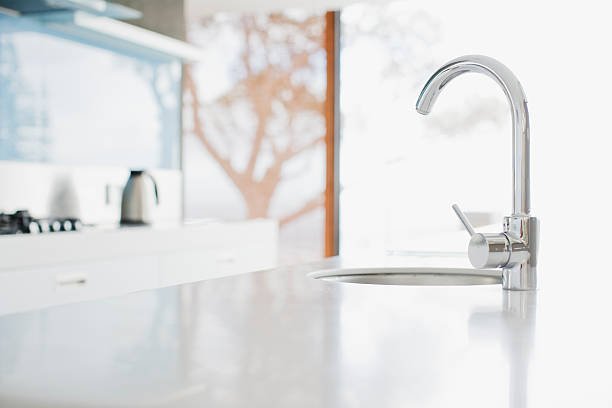
Stainless Steel: The Durable Choice
There are faucets made of stainless steel, and they do not rust or corrode easily. Stainless steel is also easy to clean and suitable for most contemporary and classic kitchen decors. It is a functional material for these houses, so such a Finish could easily withstand much usage and frequent washing.
Chrome: Stylish and Easy to Clean
Chrome is elegant, and its shiny finish brings an up-to-date style to your kitchen. It is easy to clean; all it needs is a wipe to keep it looking brand new. However, chrome can produce visible water stains much more quickly than other materials, and hence, one needs to consider the frequency of cleaning.
Brass: A Timeless Classic
Brass is exquisite, with a warm golden hue that makes any kitchen look luxurious. It doesn’t rust quickly, but it has to be polished frequently to make it look shiny. Brass faucets are preferred in traditional or relic kitchen styles.
Bronze: Warmth and Luxury in Design
Oil-rubbed bronze and other bronze faucets offer the extra warmth and depth preferred in most kitchens. They can also perfectly fit in rural or Mediterranean kitchens. Hoods are also more costly than similar products, but since they are artistically designed, people will gladly purchase them.
4. Features to Consider
Spout Height and Reach: Why It Matters
The height and reach of your faucet’s spout determine whether you must bend or stretch to fill large pots or clean around the sink. High-arc faucets are ideal for large kitchen areas because they give more clearance, while low-arc faucets are better for areas where splashing might occur frequently.
Spray Options: The Power of Versatility
Most current tap fixtures contain numerous spray abilities, and you can effortlessly change between a continuous spout and a strong one. That flexibility is useful when washing food or dishes since one method does not interfere with the other.
If you are in the market for faucets, you should look for those with buttons on the surface that can be pressed to switch between the differing spray settings.
Handle Designs: Ergonomics and Style
cross handles are more obvious than sleek and traditional minimalist levers common in modern designs. There are other aspects, though more subjective, to touch on, namely the ergonomic design of the handle. Is it easy to operate with a wet hand or a soapy hand when washing the car body? Remember to think about what would be most fitting to use daily inside your kitchen.
Water Efficiency: Saving Water with Style
Due to intensification of concern about water usage, many have developed water-saving mechanisms. Also, consider models with an aerator that injects air into the water flow, expelling less water while producing the same force. Selection of a faucet with such aspects can make it possible to adopt water conservation, hence resulting in low-cost bills.
5. Matching Faucet with Sink

Choosing the Right Size and Proportion
Frank said that a faucet that is the wrong size for the sink can disrupt the proportions in the kitchen area. When choosing a faucet, you should look at the size of your sink to make sure that the faucet is appropriate for the sink size. Deep sinks should be used with high-arc faucets because they provide enough area underneath the sink; low-arc faucets are more suitable when using shallow sinks.
Sink Material Compatibility
Some types of faucets are more compatible with certain sinks than others. For instance, a stainless steel faucet complements a stainless steel sink without compromising its design. A brass faucet that may be good for a fireclay or granite composite sink will not harmonize well with stainless steel.
Design Harmony Between Sink and Faucet
Your faucet should match your sink’s size and style and coordinate well with the rest of the bathroom fixtures. Depending on your chosen style – modern or ХХІ, farmhouse, industrial – the faucet and sink must complete this look.
6. Installation Types
Deck-Mounted Faucets: The Common Choice
Deck-mounted faucets are the most common option in modern kitchens. They are installed directly onto the sink or countertop, offer flexibility in placement, and are relatively easy to install. The downside? They take up counter space, which could be a concern if you have limited room around your sink area.
Wall-Mounted Faucets: A Unique Statement
In terms of style, wall-mounted designs might be ideal for those who want a simple, chic, and space-saving design. Even though they can be mounted on the wall or base, they are flush mounted directly to the wall, creating a more minimalistic, space-free look from all those bulky appliances in the kitchen. However, installation is sometimes a little different, and you must check the plumbing behind the wall.
Pre-Drilled vs. Custom Holes
If you are considering having a faucet, consider whether your sink will enable you to install it from the other, which requires drilling. The number of holes drilled in most sinks ranges from one to two, and three to four holes are meant for faucet connection. If you would like a faucet with options like a side sprayer or soap dispenser, be sure that your sink can do so.
7. Budget Considerations
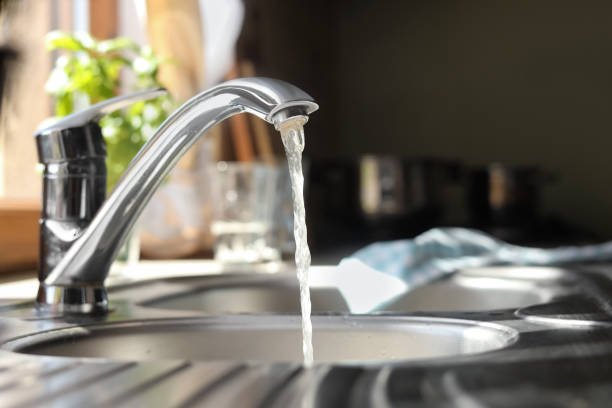
Balancing Cost with Quality
While deciding on the faucet, one has to be very careful with the quality aspect—it is vital to balance the budget aspect. An inexpensive faucet may cost less initially and may include fewer features. Still, it is not always the best faucet to use because it may easily degenerate, resulting in the high cost of a new faucet again. Mid-tier products often supply the highest value regarding solution price and durability.
Affordable Options That Don’t Sacrifice Style
Of course, if you are not willing to spend much money, don’t worry. There are very many faucet designs that can make your bathroom stylish and exquisite. Choose a chrome or stainless steel finished product, as most of these are inexpensive yet can provide you with good performance and a quality look. Price doesn’t always mean it must be ugly or out of style!
Premium Faucets: What You Get for Your Investment
In premium facets, you will likely find many features, superior quality, and special coatings that combine form and utility. While a cheap faucet is easy on the pocket, it may not last long, maybe a nightmare to operate, and will not blend well with other kitchen accessories. Another benefit of many luxury faucets is that they have longer warranties that provide additional comfort.
8. Budget Examples: Finding the Right Faucet at Every Price Point
Entry-Level Faucets ($50 – $150):
Therefore, if you work within a tight budget, you can consider a standard faucet that costs between $50 and $150. Traditional faucets such as the Moen Adler Single-Handle Faucet are basic, uncomplicated, and enduring, all at a reasonable price. For this price, you can get a very sleek and stylish washing machine with a chrome or stainless steel finish. These faucets usually have fewer extra functions, but if you need a simple kitchen faucet, you can try it.
Mid-Range Faucets ($150 – $400):
Mid-range faucets offer wider features for those looking to balance cost and quality. Faucets like the Delta Leland Pull-Down Faucet (around $250) offer innovative features like multiple spray options, touch technology, and high-arc designs. This price range often includes better materials such as brushed nickel or stainless steel and more flexible designs for various kitchen styles.
Premium Faucets ($400+):
Suppose a person is willing to spend much money on a faucet. In that case, even devices like Kohler Sensate Touchless Faucet begin from $600, with technologies like sensor control, voice operation, and water control. Trims like oil-rubbed bronze or matte black are more classical and rather popular, setting the mood for the luxurious and unique style of the kitchen.
These faucets are durable, and most of them come with long warranties. Thus, when purchasing one, you get a product that will not only function well but also be aesthetically appealing.
9. Expert Tips for Longevity
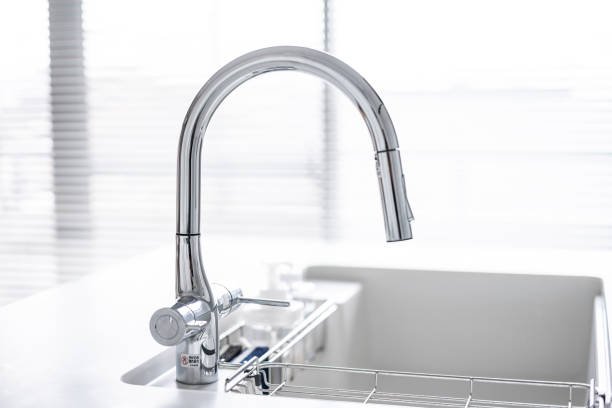
How to Maintain and Clean Your Faucet
Proper maintenance can significantly extend the life of your kitchen faucet. Wipe down your faucet regularly with a soft cloth to prevent water spots and mineral buildup.
Avoid harsh cleaners that damage the finish, especially on materials like chrome or bronze. For deeper cleaning, use a mild soap solution or a specialized cleaner recommended by the manufacturer.
Preventing Wear and Tear
Always turn the faucet off gently to prevent wear and tear, and avoid using the handle as a lever to hang dish towels or other items. Over time, rough handling can damage internal components, leading to leaks. Pay attention to any changes in water flow or temperature control, as these could be signs of wear that need addressing.
10. Case Studies
Real-Life Examples of Kitchen Faucet Choices
For instance, Sarah continued a kitchen redecoration in the modern farm style. To this sink, she installed a matte black pull-down faucet that adds to its beauty, considering it is white and in the farmhouse style. The height of the arc and the variety of spraying patterns allowed the faucet to be practical and look good. When she installed the faucet, Sarah told me, “I never knew how much a faucet could make such a difference in my kitchen.”
On the other hand, being a great cook, John chose to incorporate the pot filler sink alongside an ordinary stainless steel basin faucet. Some of the features they liked were as interesting for him, such as the pot filler, which offered him the convenience of filling enormous pots with water while over the stove without having to transfer them across the cooking area.
Lessons Learned from Kitchen Renovations
Some people regret not considering their everyday usage habits when choosing their faucet. Many have complained about using physically appealing faucets with little or no functionality. For instance, one couple chose an attractive brass faucet with a side sprayer when, in fact, they would have preferred a pull-down faucet for washing dishes.
11. Trends in Kitchen Faucets
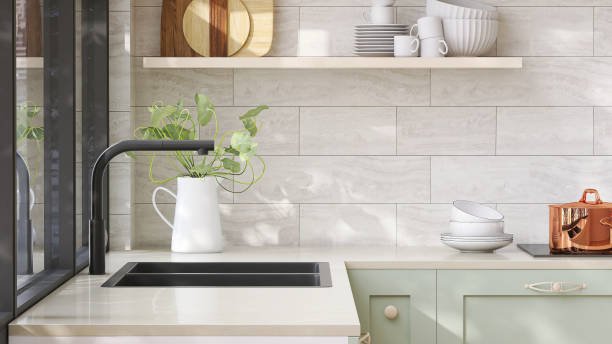
The Rise of Matte Black Faucets
There’s been a growing inclination to beed with this matte black color trend all over the kitchen. The subordinate color has a sleek and modern look, which stands out well on lighter shades of countertops and backsplashes. Other popular finishes are self-explanatory, where matte black faucets are also beneficial for not attracting fingerprints and smudge. The following trend is not just mere beauty but also functional.
Smart Faucets: Technology in the Kitchen
Smart faucets are becoming indispensable products as smart homes become widespread today. These faucets can be voice or app-controlled, meaning you don’t have to use your hands to turn the water on or off or set the right temperature. Some models even come programmed to measure water, which can be very handy when preparing food, such as soups and cakes.
12. Conclusion
Summing Up: How to Make the Right Choice
There is more to selecting a kitchen faucet than the looks that can whet your appetite. You consider not only the type of faucet and its material but also the features that you require and the amount of money that you can spend. I want to remind you that your faucet should not only fit the design of your kitchen but also fulfill your needs.
Final Thoughts and Call to Action
With the many options available, finding the perfect faucet for your kitchen may feel overwhelming. But by considering your kitchen’s layout, cooking habits, and style, you can make an informed decision that enhances your space’s functionality and beauty.
Before you make your final decision, do not rush into buying appliances. Instead, compare the available models, finishes, and special features. Do not wait to consult an expert or review with other homeowners who have been through the process. The perfect kitchen faucet for you and anyone looking is probably out there, making all your kitchen chores less stressful.

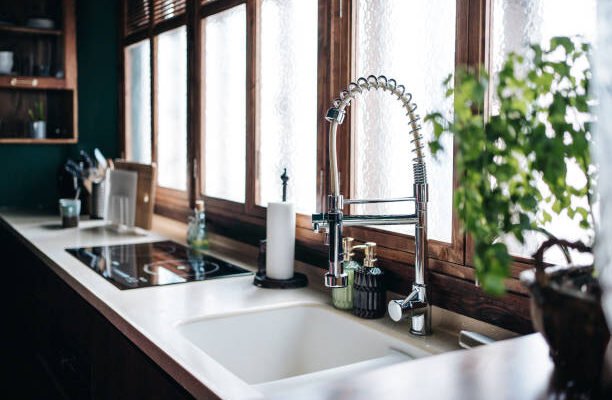
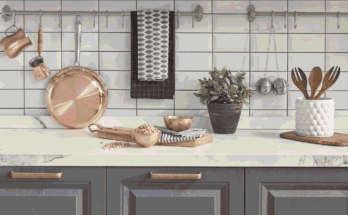

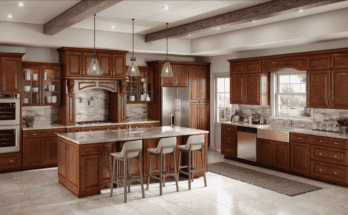
2 Comments on “How to Choose the Right Kitchen Faucet: Trends Features, and Types”